Many of our customers are contractors, welders, or constructions workers and they may already know the answer to this: what exactly are locking plugs and connectors and why do they exist?
For those who are just getting into the electrical business, construction, welding, or some form of DIY work, this blog post is for you.
I’m sure most of the outlets you see are the typical 3-prong straight-blade household connectors such as this one.
These are typically used for very light duty “around the house” type work. It is easy to plug into and to unplug from for 15 Amp, 125 Volt services. There are also high-power outlets around your home, but chances are you rarely see them because they are behind your cooking range, refrigerator, and clothes dryer.
However, there are cases that require more protection for those operating high-power machinery or tools. Enter the locking plug and connector
Right off the bat, you’ll notice an obvious difference: the pins are curved. To lock and make a connection, you need to insert the plug into the connector and twist clockwise. Just like a 3-prong household plug, a 3-prong locking plug will still have a ground pin. To disconnect, you deliberately twist it counterclockwise and pull back.
These locking plugs and connectors are primarily used by welders, construction workers, contractors, and industrial job sites. In many of these cases, they are using machinery or tools that vibrate a lot, and the workers don’t want to risk having their heavy machinery come unplugged. It’s a hassle to stop just to plug something back in. The locking mechanism also keeps tools powered on when there is a lot of foot traffic. There can often be a lot of moving people and things at a construction site. If someone happened to catch their foot on a locking extension cord, the cords would stay locked. The locking plugs and connectors can also handle more volts for these bigger jobs as well.
If you don’t operate heavy machinery and just simply need to take care of some outdoor chores without worrying about your household extension cord becoming unplugged, there is an option for that, too. Our AC WORKS™ household extension cord (S515PR-120QL) comes equipped with a locking feature. The female connection side has a small, but durable locking system that can support up to 20lbs of force! With the press of the two small buttons, the male side will be released. The cord is made up of SJTW 14-gauge, 15 Amp copper wire, making it perfect for housework.

We also have another style (S515PR120AL) that features a transparent plug and connector with a built-in light up power indicator. This cord is made up of 16-gauge copper wire, giving you 13 Amps of service.

Looking at our NEMA charts should help you decide which adapter or extension cord you may need for your job.
Still not sure? Shoot us a text at 414-323-3240, an email, or give us a call to let us help you find your power solution!





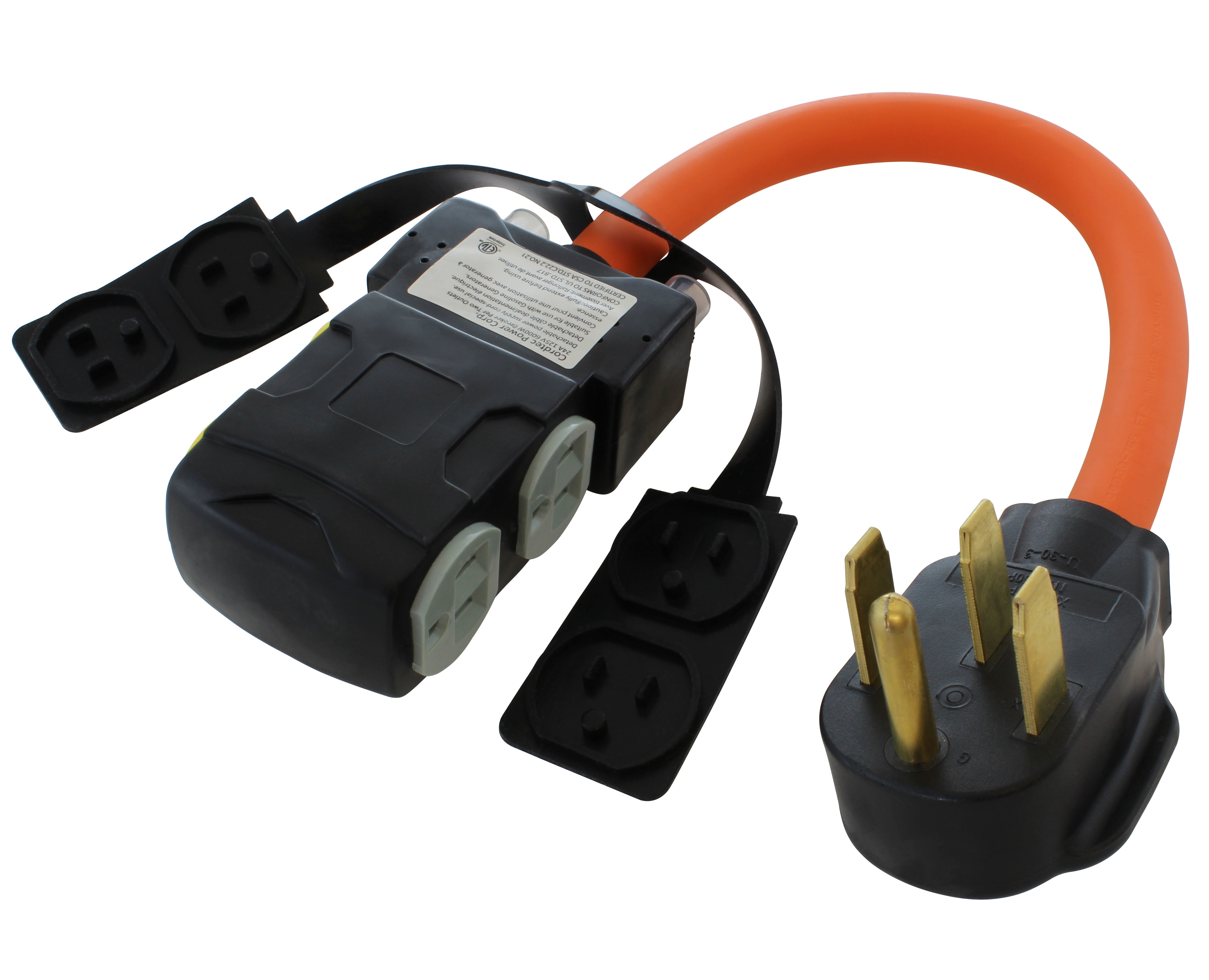
![AC WORKS® [ASINSS2PBX-G] 50A Locking 4-Wire CS6375/ SS2-50 Heavy-Duty Transfer Switch Inlet Box](http://acworks.com/cdn/shop/files/ASINSS2PBX-0_0206b362-7c90-42a5-8754-0685c13dab7e.jpg?v=1758051675&width=2500)

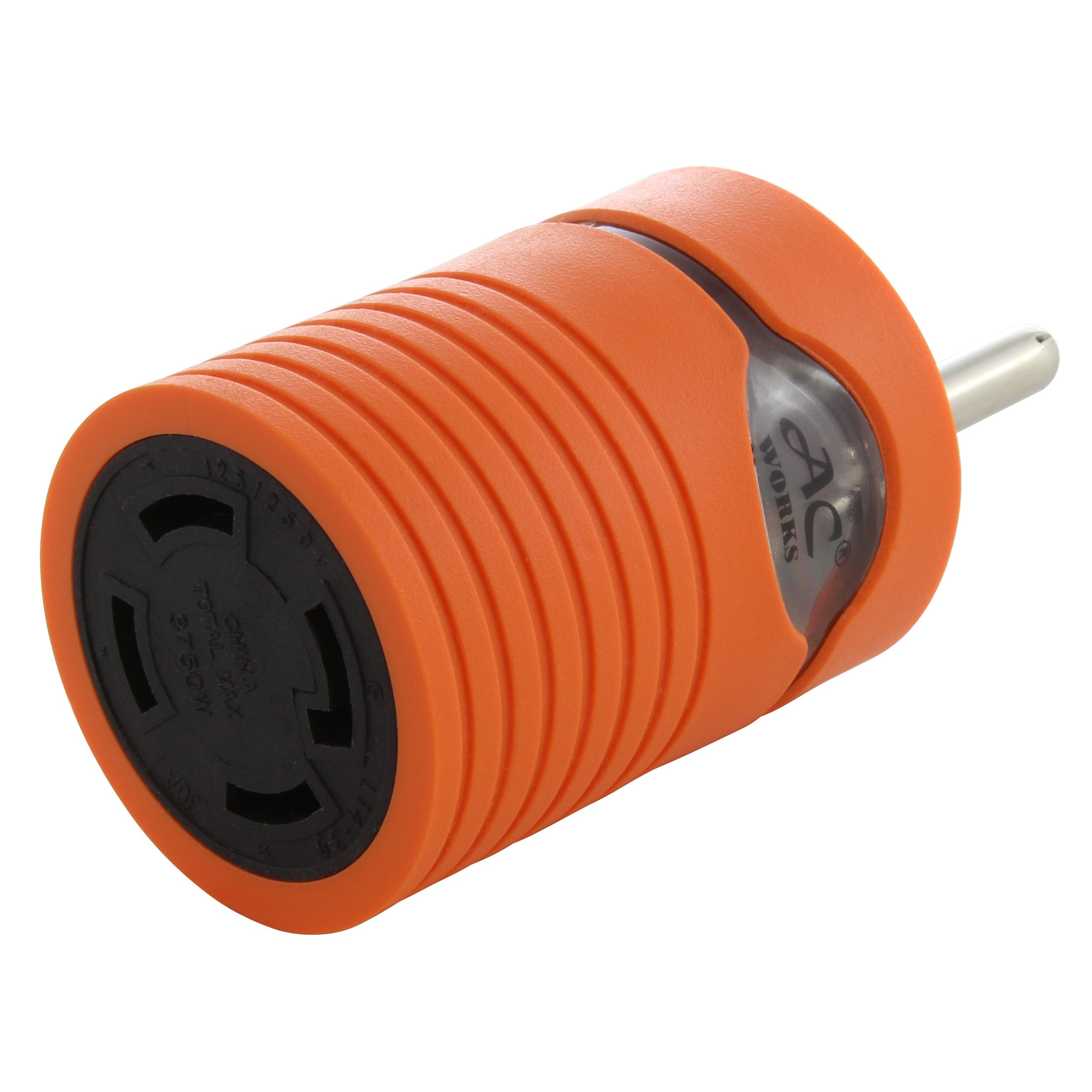
![AC WORKS® [S1430CBF520] 1.5FT 14-30P 4-Prong Dryer Plug to (4) Household Outlets with 24A Breaker](http://acworks.com/cdn/shop/products/S1430CBF520.jpg?v=1666103519&width=4656)
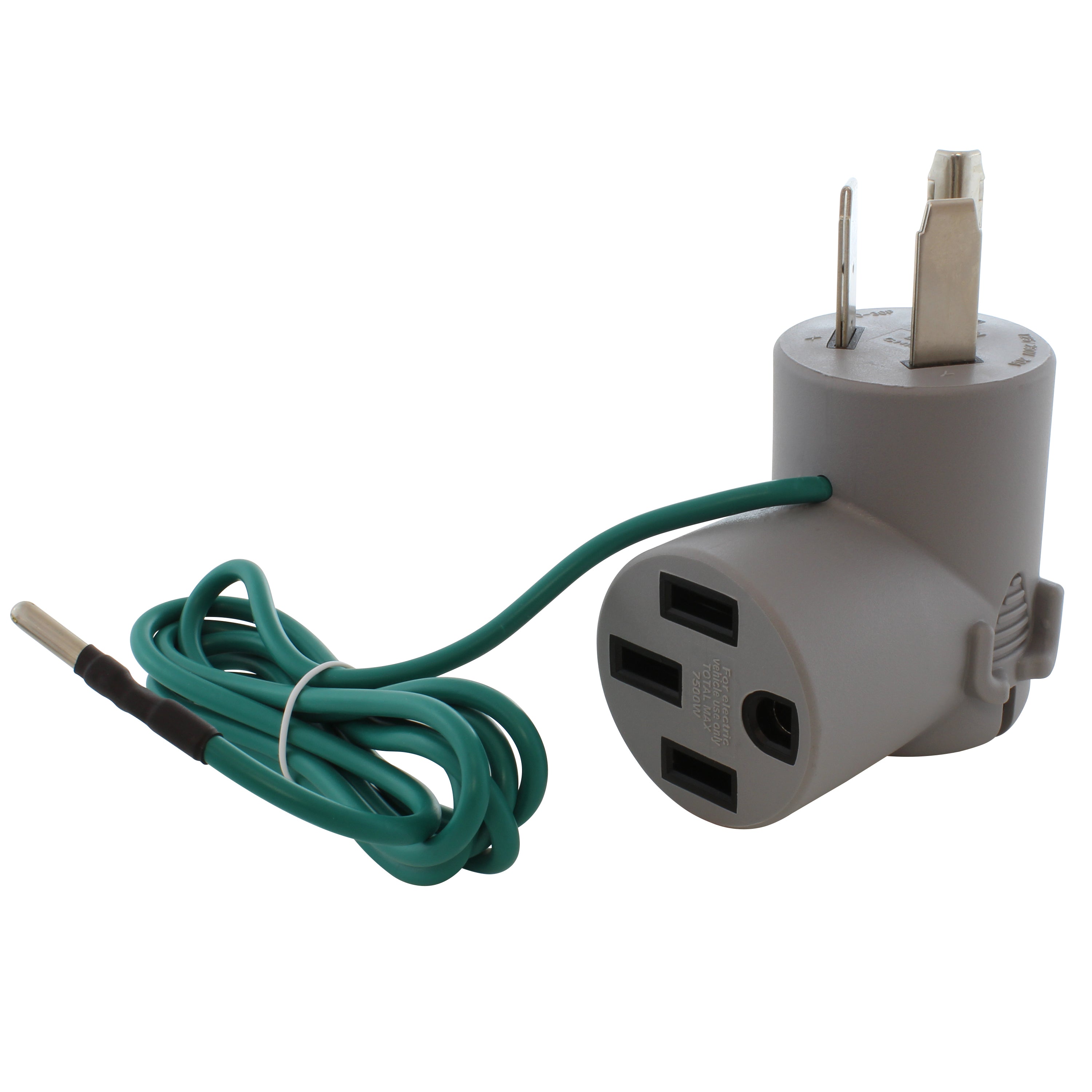
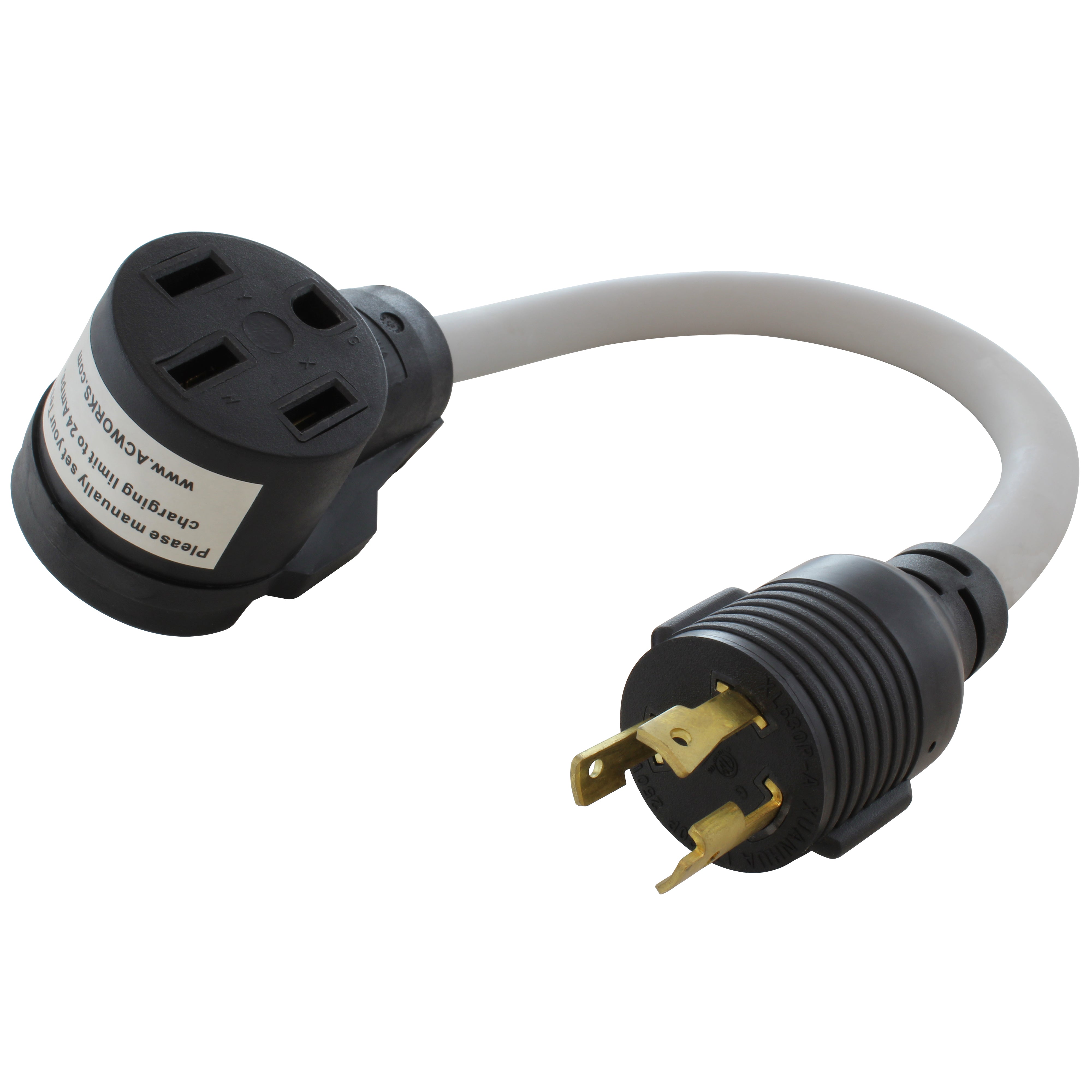
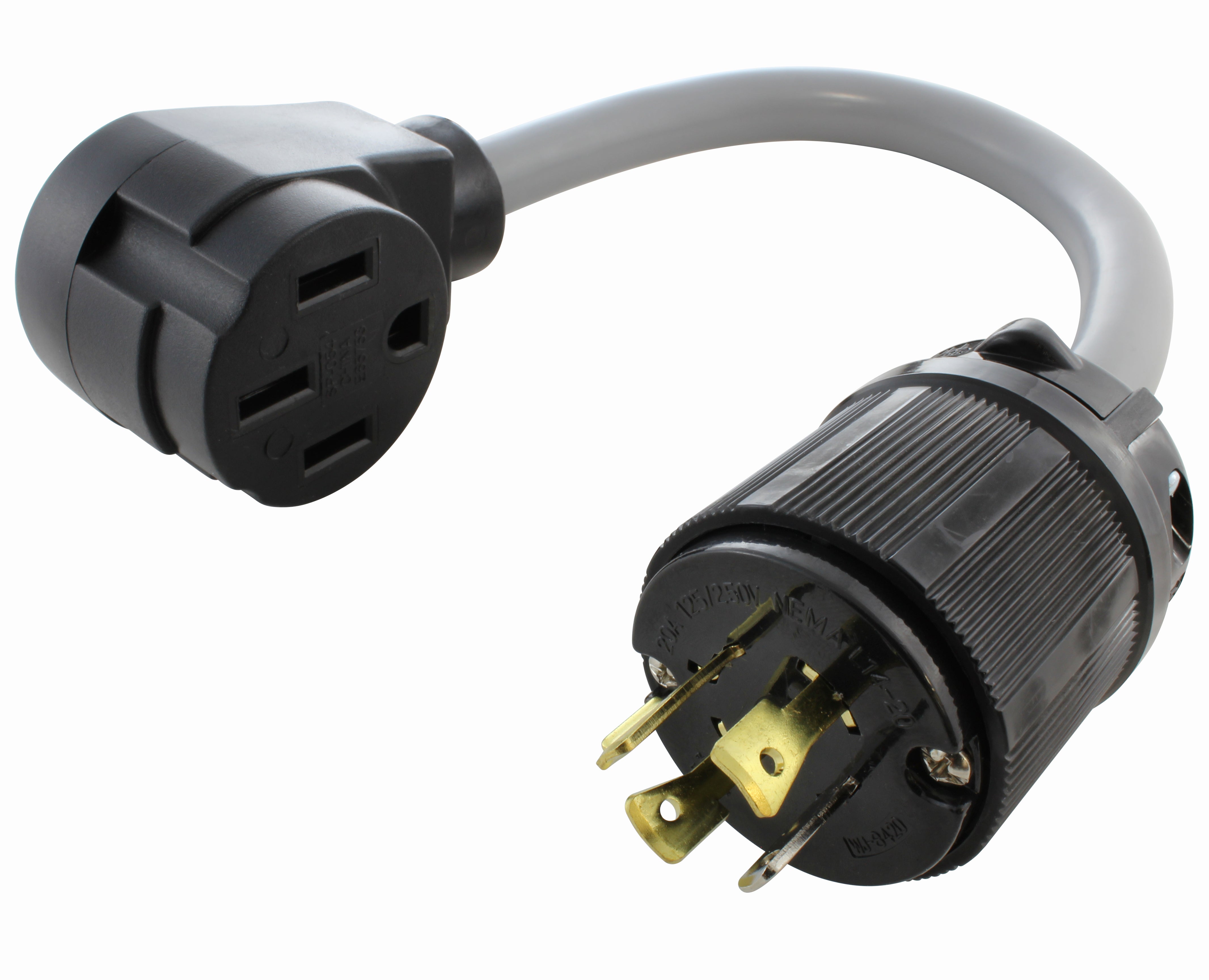

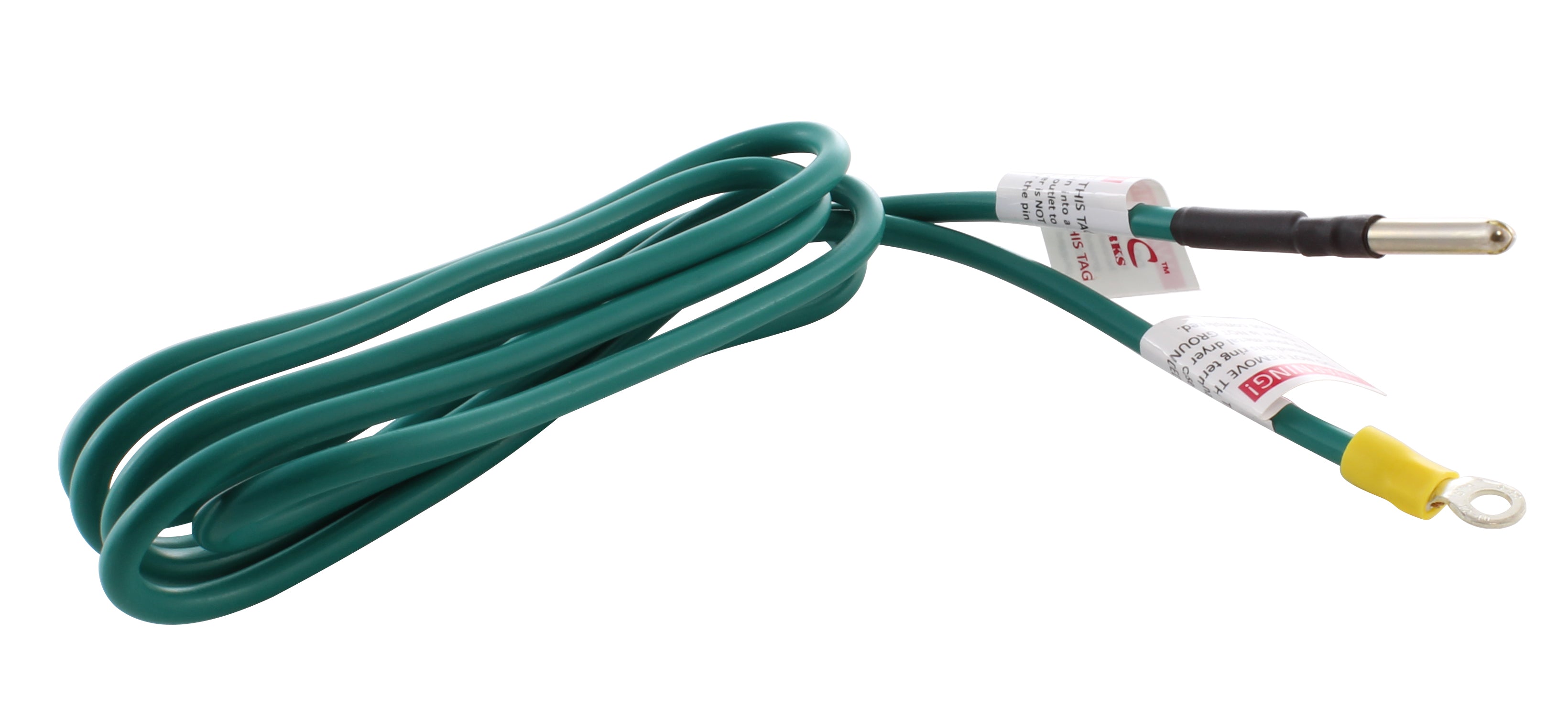

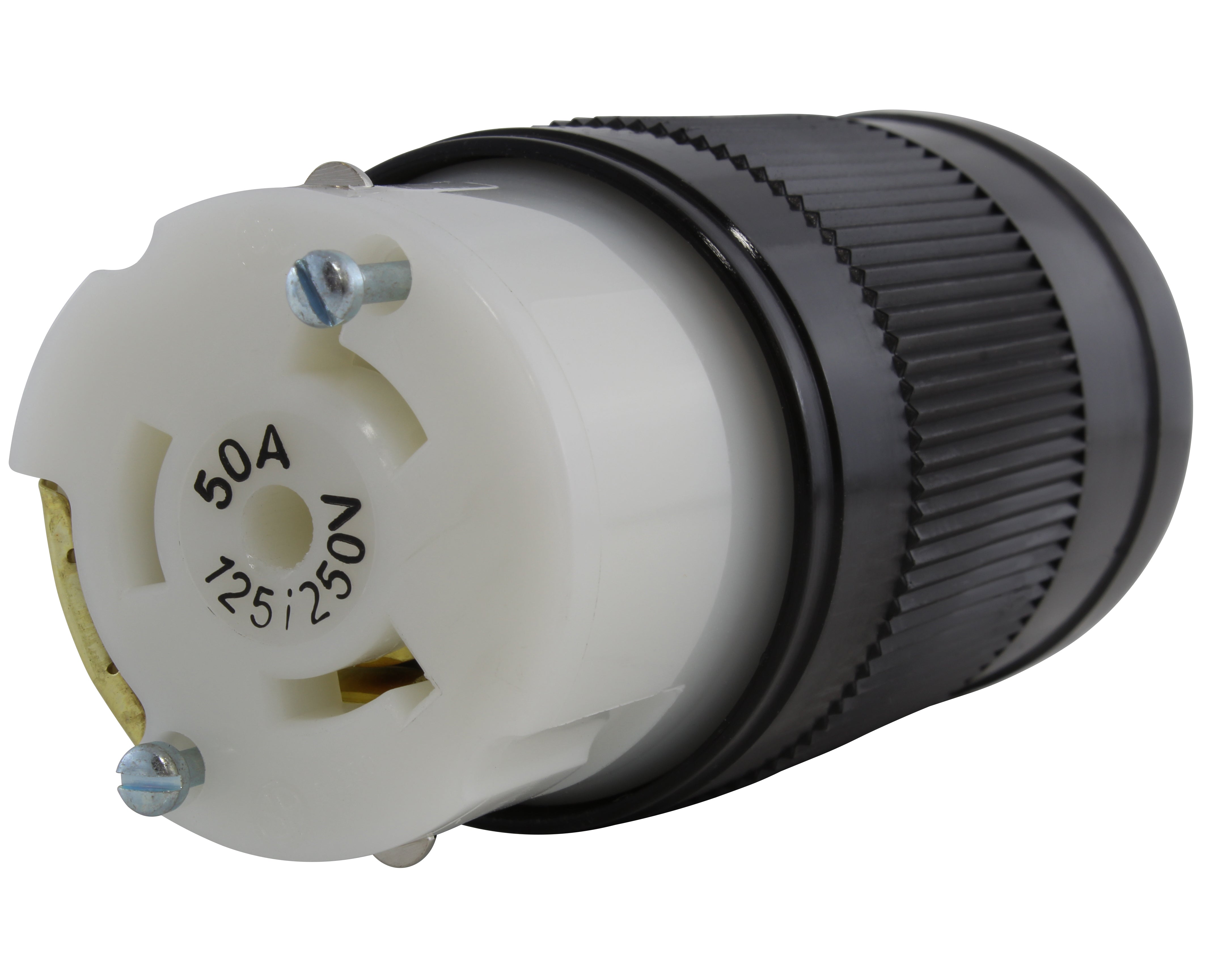


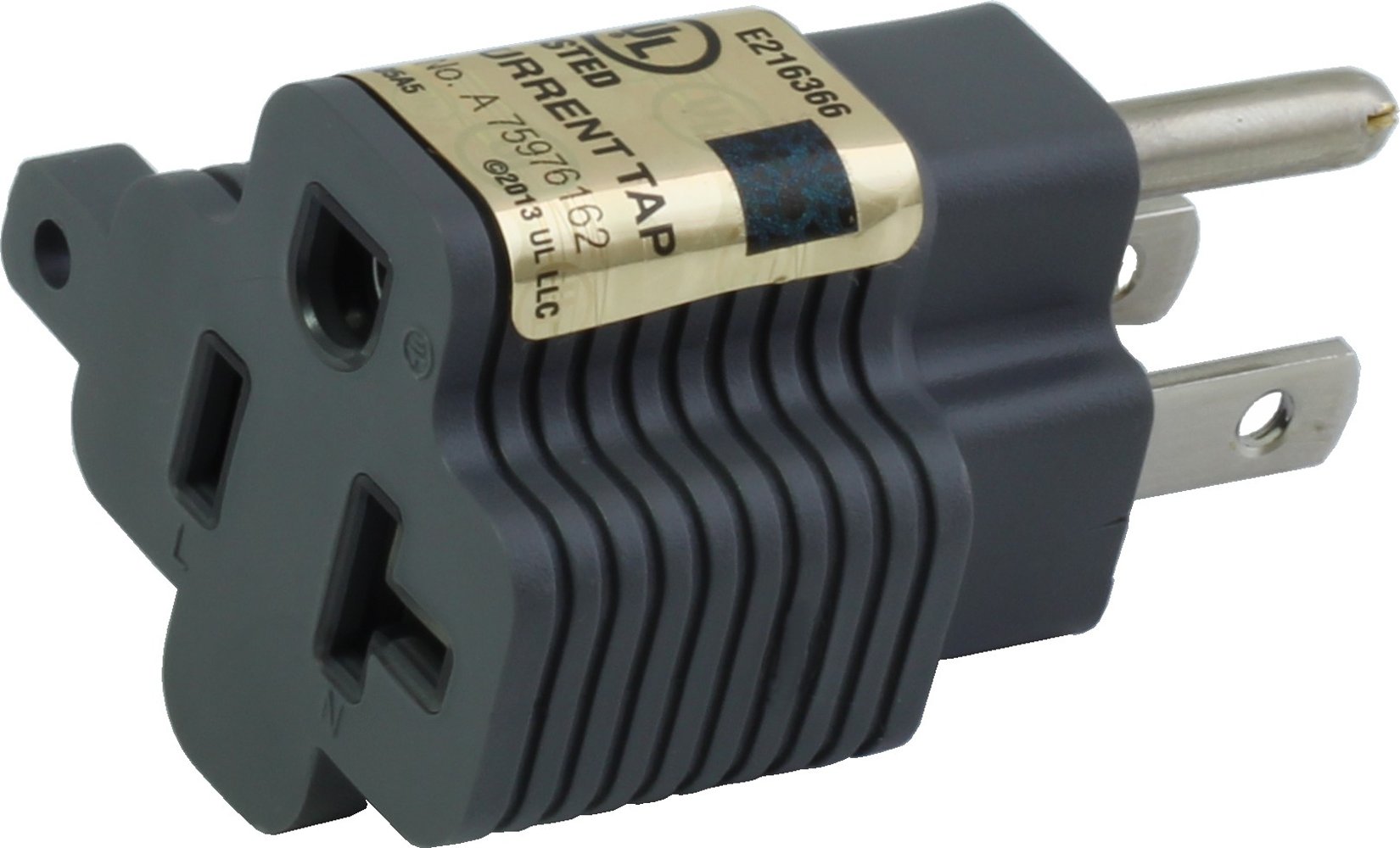
![AC WORKS® [ADV104] 3-Prong Heavy-Duty V-DUO Household Outlet Adapter](http://acworks.com/cdn/shop/products/ADV104-0.jpg?v=1605738768&width=3128)
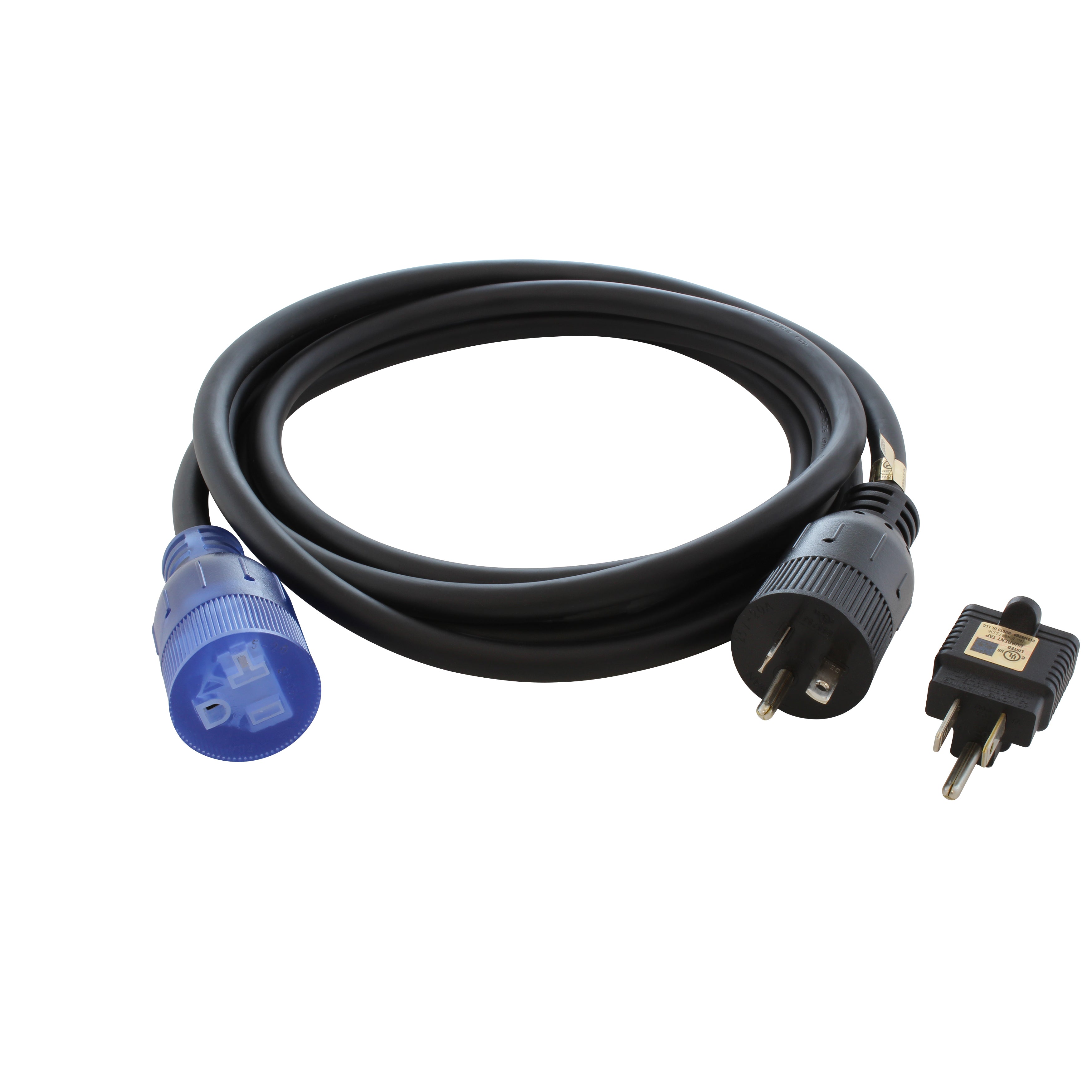
![AC WORKS® [XH515520] 15A to 15/20A 125 Volt Plug Adapter with ETL Safety Approval](http://acworks.com/cdn/shop/files/XH515520-0_daea425a-f439-48df-bb75-052167057f12.jpg?v=1729091519&width=2500)

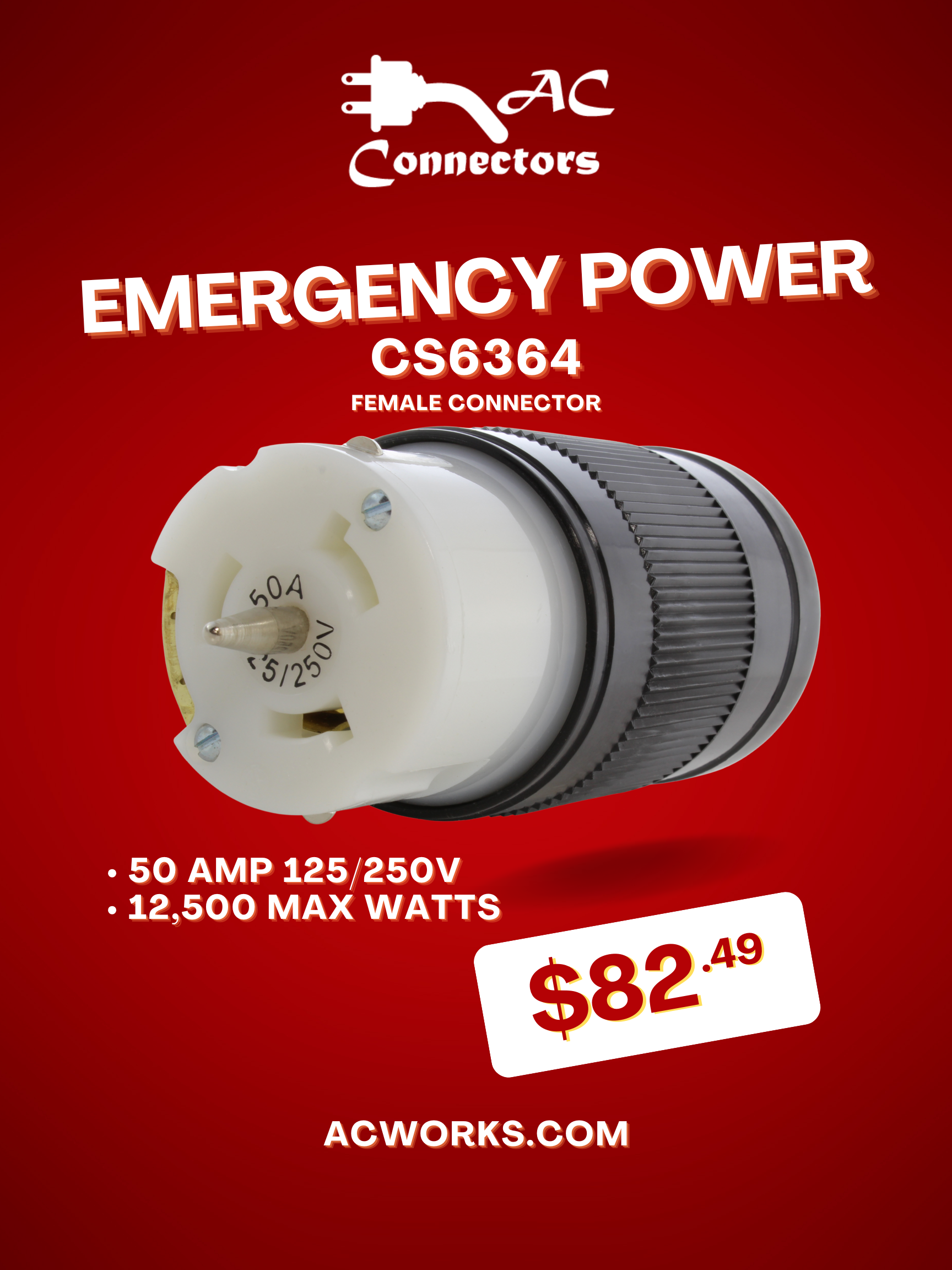

Share:
Food Truck Power
Mid-Year Review 2018